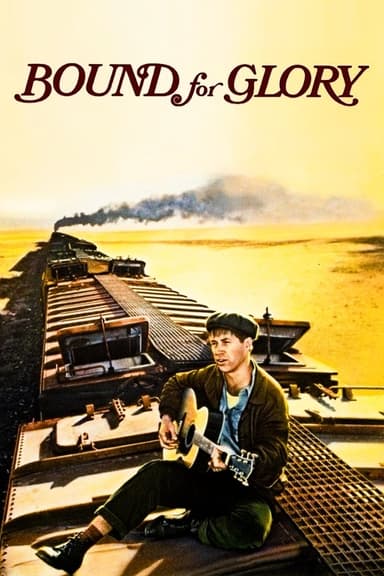
Crazy Heart
2009 • Drama, Music, Romance • R
When reporter Jean Craddock interviews Bad Blake—an alcoholic, seen-better-days country music legend—they connect, and the hard-living crooner sees a possible saving grace in a life with Jean and her young son.
Runtime: 1h 52m
Why you should read the novel
If you’re intrigued by the story behind Crazy Heart, reading Thomas Cobb’s original novel provides a deeper, more nuanced look into Bad Blake’s troubled soul. The book delves thoroughly into Blake’s internal struggles, inviting readers to grapple with the themes of regret, redemption, and artistic passion at a more personal, immersive pace. Cobb’s evocative prose allows the audience to linger within moments that may only be glanced over on screen, offering a richer emotional payoff.
Exploring the novel allows you to appreciate the complexity and realism of characters who feel authentic and relatable in ways that only literary storytelling can provide. The book grants a closer understanding of the protagonist’s motivations and vulnerabilities, and the supporting cast is given more room to breathe and develop. You’ll find yourself drawn into the slow burn of Blake’s journey, living his highs and lows alongside him.
Moreover, reading Crazy Heart uncovers nuances and layers omitted or abridged in cinematic adaptations. Cobb’s narrative style and intimate descriptions paint vivid scenes and cultural atmospheres around music and the American Southwest, offering a literary experience far richer in detail than the constraints of a two-hour film may ever allow. The novel stands as a poignant portrait of artistic struggle, making it a worthwhile read for fans of character-driven fiction.
Adaptation differences
One major difference between the Crazy Heart film and Thomas Cobb’s novel is the characterization of Bad Blake. In the book, Blake is portrayed with even more flaws and a grittier, less sanitized personality compared to the film's somewhat softened depiction. The novel immerses the reader in Blake’s constant battles with alcoholism, aging, and regret, painting a starker, sometimes harsher picture of his decline.
Additionally, the romantic subplot with journalist Jean Craddock is given more complexity and less sentimentalization in the book. Their relationship feels more transient and fraught in the novel, with Cobb making it clear that their connection is both fleeting and complicated by Bad’s self-destructive behavior. The movie amplifies the romance for dramatic effect, altering the emotional center of the story.
The supporting characters and their roles also shift between page and screen. The film consolidates several book characters and changes some arcs to streamline the narrative, sacrificing the depth and motivations Cobb originally provided. For instance, the character of Tommy Sweet (Blake’s protégé) is depicted with greater ambivalence and nuance in the book, whereas the film positions him as a more clear-cut foil.
Lastly, the book’s ending is less redemptive and open to interpretation. While the movie opts for a resolution that suggests hope and transformation, the novel remains true to its unvarnished tone, making Blake’s fate less certain and more aligned with the struggles faced by real-life artists. These changes create a fundamentally different emotional experience between reading the novel and watching the adaptation.
Crazy Heart inspired from
Crazy Heart
by Thomas Cobb
